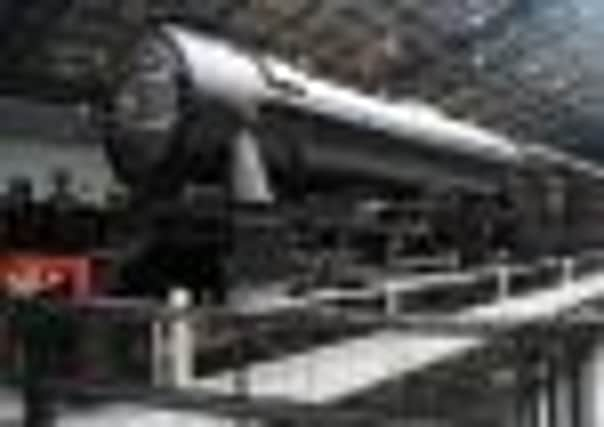Another train delay: Wrong kind of crack puts back Flying Scotsman restoration


The train was due to carry out steam tests and commissioning runs later this month before going on display at the museum in August.
But its restoration has been delayed because of cracks found in its chassis.
Advertisement
Hide AdAdvertisement
Hide AdThe museum now says it does not know when Flying Scotsman will operate passenger journeys.
The loco was purchased for the nation, mostly with public donations, in 2004 and has been undergoing restoration before a planned return to mainline operation this year.
Today a museum statement said: “After carrying out a thorough examination to identify the extent of the problem, it was established that the locomotive requires essential remedial work, which will be carried out in the next two weeks.
“This work will ensure that the locomotive continues to meet the high standards of work that have been employed throughout the project and that once it is complete, Flying Scotsman will be able to run for decades to come.”
Advertisement
Hide AdAdvertisement
Hide AdSteve Davies, the museum’s director, said: “It is very disappointing to announce that Flying Scotsman will be delayed and unable to go on display at the Museum this August as planned.
“However, it is important for our visitors to understand that the reason for the delay is because our workshop team are doing everything they can to ensure the remedial work taking place matches up to the meticulous approach that has been taken on the restoration project from the very beginning.
“The completed locomotive they will see later this year will be restored to the highest quality and our visitors can rest assured that the safety of the locomotive and its future passengers has been of utmost importance throughout the project.”
Flying Scotsman was originally built in Doncaster for the London and North Eastern Railway in 1923. It was designed by Sir Nigel Gresley as part of the A1 class – the most powerful locomotives used by the railway.
In 1934, it was clocked at 100mph – officially the first locomotive to reach that speed.
It was retired by British Rail in 1963.